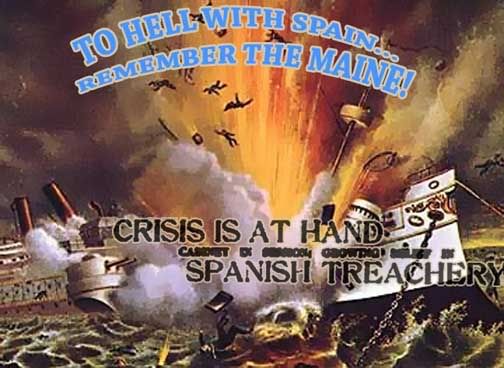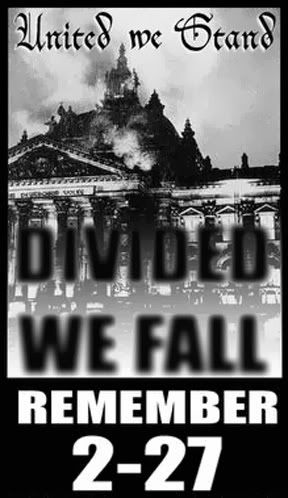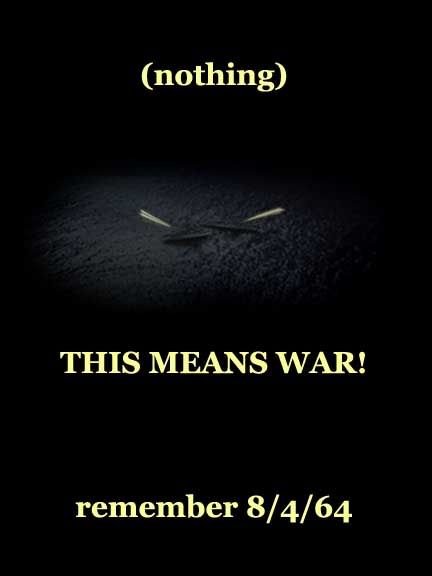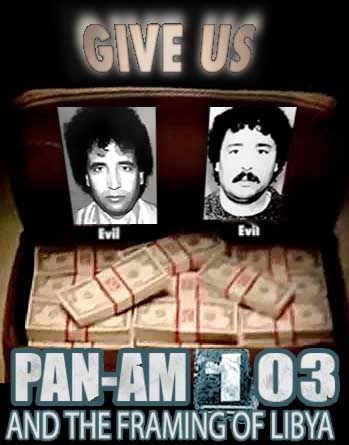Just in case anyone's paying attention and concerned I've abandoned this 'blog. I've been focussing on the Frustrating Fraud and with real life lately. Soooo... I don't have time to put together a proper post on the Lusitania like I'd intended, so here is a teaser, a few notes end excerts from Colin Simpson's 1972 The Lusitania.
Among the players we'll be looking at:
- Alfred Booth: Cunard Chairman
- George Booth: Deputy Director-General of the Ministry of Munitions, 1914-1919
- William Jennings Bryan: US Secretary of State 1914-1915
- Winston Churchill: First Lord of the Admiralty as of 1911, apparently among the prime, if not the prime, architect, of the British end of the Lusitania disaster set-up.
- Captain “Fairweather” Dow: demanded more coal in Dec 1914, took his case right to the Admiralty
- Lord Fisher, Churchill’s First Sea Lord: retired in 1911 – warnings to Churchill (p 31). Letter to Tirpitz March 1916: “I don’t blame you for the submarine business, I’d have done exactly the same myself.” (p 14).
- Captain Guy Gaunt: naval Attache at the British Embassy in Washington, “Hall’s deputy in America.”
- Capt. Reginald Hall: Director of British Naval intelligence as of Oct. 1914.
- Col. Edward M. House – proto-National Security Advider to President Wilson
- Robert M. Lansing: Advisor to the State Dept. on foreign territorial disputes and an errand boy for Wilson when Secretary of State Bryan wasn’t cooperative enough – uncle to Allan and John Foster Dulles, a chief architect of the American end of the Lusitania disaster set-up.
- US President Woodrow Wilson: Apparently down with the set-up but playing ambassadorial 14-points-compatible kind of plausible deniability.
Operation run from American end by Morgan interests working with Lansing, Edward Stettinius and representatives from “naval and military ordnance officers … attached to the British Consulate in New York.” [56] – “It is difficult to reconcile President Wilson’s well-publicized idealism and neutrality with his sanctioning of the Morgan operation.” [p51]
February 19 1913 – Cunard shipping line chairman Alfred Booth is called before Board of Admiralty, chaired by Lord Winston Churchill, and informed that the company’s deal with London to support the war effort was to be honored; effective immediately, their ships, including the Lusitania, were to be fitted with removable cannons and set to shipping war materiel and other aid across the Atlantic to create a semi-covert Anglo-American supply chain. At this point, Churchill told Booth that war was expected with Germany by September 1914. (p 25) War was finally declared on August 4 of that year, just after the German invasion of Belgium and a few weeks ahead of time.
By December 1914 – “Naval Intelligence was intercepting almost every German signal […] a stroke of good fortune had provided the admiralty with the official German naval codes and by the end of February 1915 Marconi had perfected a method of radio direction finding. […] by the end of January 1915, Hall was able to to advise the admiralty of the departure of each U-boat as it left for left for patrol.” [65]
On Churchill's book "The World Crisis:"
Simpson's excerpts: “The distinction between politics and strategy diminishes as the point of view is raised. At the summit true politics and strategy are one. The maneuver which brings an ally into the field is as serviceable as that which wins a great battle. The maneuver which gains an important strategic point may be less vauable than that which placates or overawes a dangerous neutral.” (35)
“The first British countermove, made on my responsibility […] was to deter the Germans from surface attack. The submerged U-Boat had to rely increasingly on underwater attak and thus ran the greater risk of mistaking neutral for British ships and of drowning neutral crews and thus embroiling Germany with other Great Powers.” (36)
Simpson: “The neutral to be “placated or overawed” was the United States. Churchill’s strategy was to goad the Germans into a confrontation with it, and by doing so he hoped at the very least to neutralize pro-German sentiment in America and to consolidate his source of supply.” (35-36)
Other moves by Churchill’s Navy to further increase such risks: - ignoring the long-established international “Cruiser Rules,” ordering all British ships to paint out their names an port of registry – fly neutral flags while in British waters (US flag usually) – mistreatment of U-Boat crews captured, denial of POW status, Churchill’s policy “prisoners should be taken as prisoner or shot, whichever is the most convenient.” made surrender of U-boats less likely and fighting more so – “the introduction of mystery” or Q-ships-military ships disguised as civilian (as of feb 1915) - one infamous reported Churchill policy: “in all actions, white flags should be fired upon with promptitude.” (37)
You can surely get the drift already...
Thursday, February 8, 2007
Tuesday, February 6, 2007
THE BUSH FAMILY 12/7-9/11 CIRCUIT {masterlist}
In the course of my research on 9/11, the "new Pearl Harbor," and its namesake original, I stumbled across an intriguing confluence of events suggesting the crafting of a backdrop "New Day of Deceit" myth - whether intentional or not - by the people surrounding George Bush sr. This became one of my favorite discoveries, and along with an earlier and sinister "perfect Bush circle" surrounding America's entry into WWII, here is the double loop in chart form I did up as a circuit board. Beneath that, find a brief explanation for the elements of the chart and the connections between them. Follow the link for more detailed sub-potst.
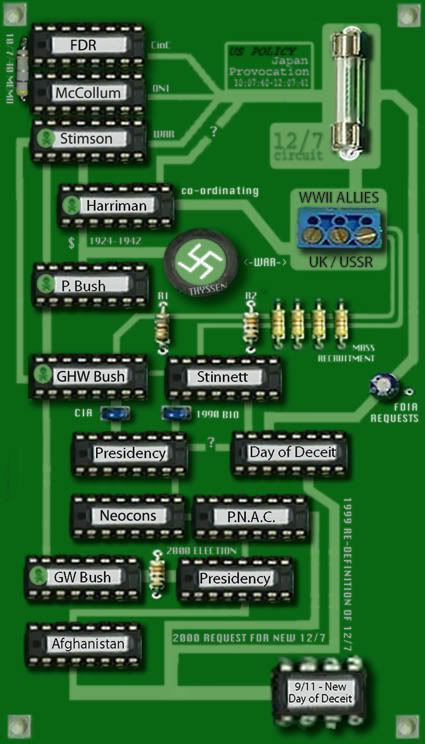
The Elements of the Chart:
President (FD) Roosevelt, Secretary of War Henry Stimson, and possibly Roosevelt's adviser and ambassador W. Averell Harriman (among others) acted on the Japan provocation plan put forth by Lt. Commander Arthur McCollum at the Office of Naval Intelligence. The eight-point plan solidified existing intentions to bring down the Pearl Harbor attack and give the US an excuse to officially enter the Second World War on the side of the British and the Soviets. In addition to fighting the Nazis and their Japanese allies, the attack allowed the creation of an enduring "military-industrial complex" among its other profound transformationsof American society and economy with effects up to the present time.
War Secretary Stimson meanwhile was a friend of the Bush family, originally headed by Samuel Bush, a muscleman who helped make sure weapons were shipped right for the World War I effort, a sort of proto-military-industrial complex/Merchants of Death kind of guy. By 1940 the family was headed by Samuel's son Prescott, a businessman and senator who maintained ties with Stimson. Bush was also a business partner in Averell Harriman's investment banking firm, involved along with Harriman's brother in the subsidiary Union Banking Corp. that was helping finance the Nazi war machine via Fritz Thyssen until forcibly shut down in late 1942.
Among those young Americans by then called to service in the War effort unleashed by 12/7 was Prescott's son George H.W. Bush (named after Prescott's father-in-law and Harriman-related business partner George Herbert Walker). Another young recruit, Robert Stinnett, served together with Bush in the same aerial reconnaissance unit on the USS San Jacinto. Whatever connections they formed were nurtured with Stinnett's authoring of "George Bush, his WWII Years" in 1990, used as a GOP fundraiser for Bush's re-election campaign in 1992. (hence the link from Stinnett to Bush as president). Stinnett dropped hints about his coming Pearl Harbor thesis in this paen, and after visiting Bush in the oval office, his investigation (coincidentally?) skyrocketed and formed into the groundbreaking Dec. 7 1999 Day of Deceit, which for the first time cited McCollum's plan and in my opinion finally gutted the official story, a victory he started rehashing every December 7 with a reminder article - they provoked and allowed what could well be called a "catastrophic and catalyzing event."
Ironically, Day of Deceit was first published just as the Project for the New American Century was getting serious with its military ambitions, in September 2000 prominently noting the utility of a "new Pearl Harbor," just months after Stinnett had re-defined the term to mean a provoked event designed to transform american opinion. This group is dominated by former Bush sr functionaries (Cheney et al, the hawk "renegades" we're told) and was forming the advisory basis for the presidency of Bush's son. Then they oversaw the most spectacularly acute failure of defense in American history - a new Pearl Harbor in spades - after alleged intense provocations in Afghanistan in mid-2001. Will a McCollum memo from January 2001 surface one day?
A curious and perhaps telling footnote to all this is Stinnett's about-face on Pearl Harbor in the period after 9/11. Perhaps it's simply a coincidence, but as questions over what Bush knew began to arise in 2002, Stinnett's argument and questions changed significantly, no longer mentioning the McCollum memo or provocation. There seems to be no problem with the solidity of his case, so why the back-off? Did someone get a pang of "degrees of separation anxiety?" If this sound silly to you, just take another look at that circuit board above and think about it. It's gotta mean something.
Perhaps the crafting of an ephemeral, controllable, limited-time-only official conspiracy theory? In what context could it possibly make sense to imply that they provoked and allowed the attack? Are they pleading to a lesser crime since they know they physically did it themselves? Is the New Day of Deceit designed to cover for Shadow 9/11 by providing a more logical explanation for the attack's success that still keeps external terrorists center stage?

The Elements of the Chart:
President (FD) Roosevelt, Secretary of War Henry Stimson, and possibly Roosevelt's adviser and ambassador W. Averell Harriman (among others) acted on the Japan provocation plan put forth by Lt. Commander Arthur McCollum at the Office of Naval Intelligence. The eight-point plan solidified existing intentions to bring down the Pearl Harbor attack and give the US an excuse to officially enter the Second World War on the side of the British and the Soviets. In addition to fighting the Nazis and their Japanese allies, the attack allowed the creation of an enduring "military-industrial complex" among its other profound transformationsof American society and economy with effects up to the present time.
War Secretary Stimson meanwhile was a friend of the Bush family, originally headed by Samuel Bush, a muscleman who helped make sure weapons were shipped right for the World War I effort, a sort of proto-military-industrial complex/Merchants of Death kind of guy. By 1940 the family was headed by Samuel's son Prescott, a businessman and senator who maintained ties with Stimson. Bush was also a business partner in Averell Harriman's investment banking firm, involved along with Harriman's brother in the subsidiary Union Banking Corp. that was helping finance the Nazi war machine via Fritz Thyssen until forcibly shut down in late 1942.
Among those young Americans by then called to service in the War effort unleashed by 12/7 was Prescott's son George H.W. Bush (named after Prescott's father-in-law and Harriman-related business partner George Herbert Walker). Another young recruit, Robert Stinnett, served together with Bush in the same aerial reconnaissance unit on the USS San Jacinto. Whatever connections they formed were nurtured with Stinnett's authoring of "George Bush, his WWII Years" in 1990, used as a GOP fundraiser for Bush's re-election campaign in 1992. (hence the link from Stinnett to Bush as president). Stinnett dropped hints about his coming Pearl Harbor thesis in this paen, and after visiting Bush in the oval office, his investigation (coincidentally?) skyrocketed and formed into the groundbreaking Dec. 7 1999 Day of Deceit, which for the first time cited McCollum's plan and in my opinion finally gutted the official story, a victory he started rehashing every December 7 with a reminder article - they provoked and allowed what could well be called a "catastrophic and catalyzing event."
Ironically, Day of Deceit was first published just as the Project for the New American Century was getting serious with its military ambitions, in September 2000 prominently noting the utility of a "new Pearl Harbor," just months after Stinnett had re-defined the term to mean a provoked event designed to transform american opinion. This group is dominated by former Bush sr functionaries (Cheney et al, the hawk "renegades" we're told) and was forming the advisory basis for the presidency of Bush's son. Then they oversaw the most spectacularly acute failure of defense in American history - a new Pearl Harbor in spades - after alleged intense provocations in Afghanistan in mid-2001. Will a McCollum memo from January 2001 surface one day?
A curious and perhaps telling footnote to all this is Stinnett's about-face on Pearl Harbor in the period after 9/11. Perhaps it's simply a coincidence, but as questions over what Bush knew began to arise in 2002, Stinnett's argument and questions changed significantly, no longer mentioning the McCollum memo or provocation. There seems to be no problem with the solidity of his case, so why the back-off? Did someone get a pang of "degrees of separation anxiety?" If this sound silly to you, just take another look at that circuit board above and think about it. It's gotta mean something.
Perhaps the crafting of an ephemeral, controllable, limited-time-only official conspiracy theory? In what context could it possibly make sense to imply that they provoked and allowed the attack? Are they pleading to a lesser crime since they know they physically did it themselves? Is the New Day of Deceit designed to cover for Shadow 9/11 by providing a more logical explanation for the attack's success that still keeps external terrorists center stage?
Subscribe to:
Posts (Atom)


